I am trying to understand why each train iteration takes aprox 1.5 sec.
I used the tracing method described here.I am working on a TitanX Pascal GPU. My results look very strange, it seems that every operation is relatively fast and the system is idle most of the time between operations. How can i understand from this what is limiting the system.
 It does seem however that when I drastically reduce the batch size the gaps close, as could be seen here.
It does seem however that when I drastically reduce the batch size the gaps close, as could be seen here.
 Unfortunately the code is very complicated and I can't post a small version of it that has the same problem
Unfortunately the code is very complicated and I can't post a small version of it that has the same problem
Is there a way to understand from the profiler what is taking the space in the gaps between operations?
Thanks!
EDIT:
On CPU ony I do not see this behavior:

I am running a